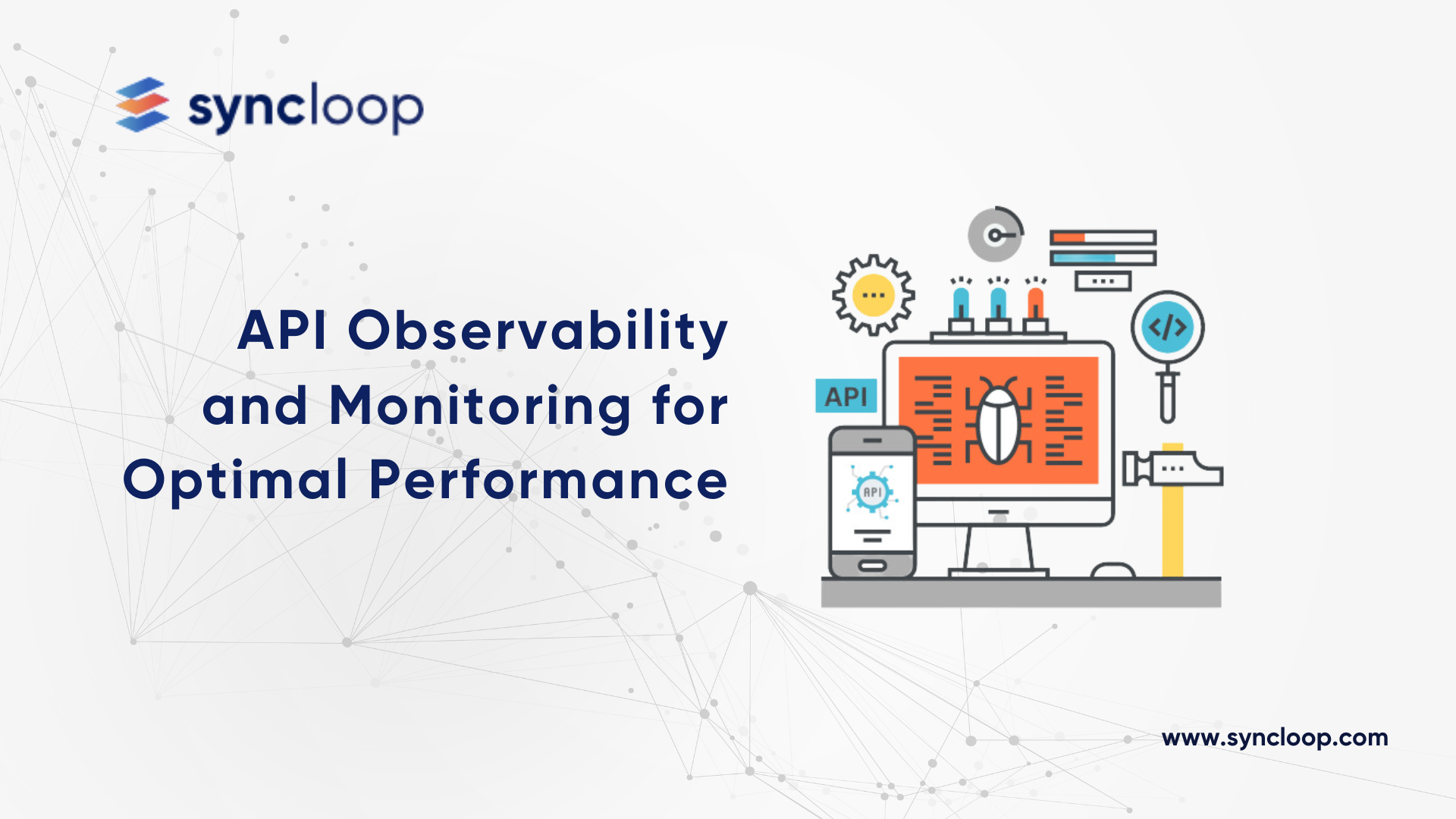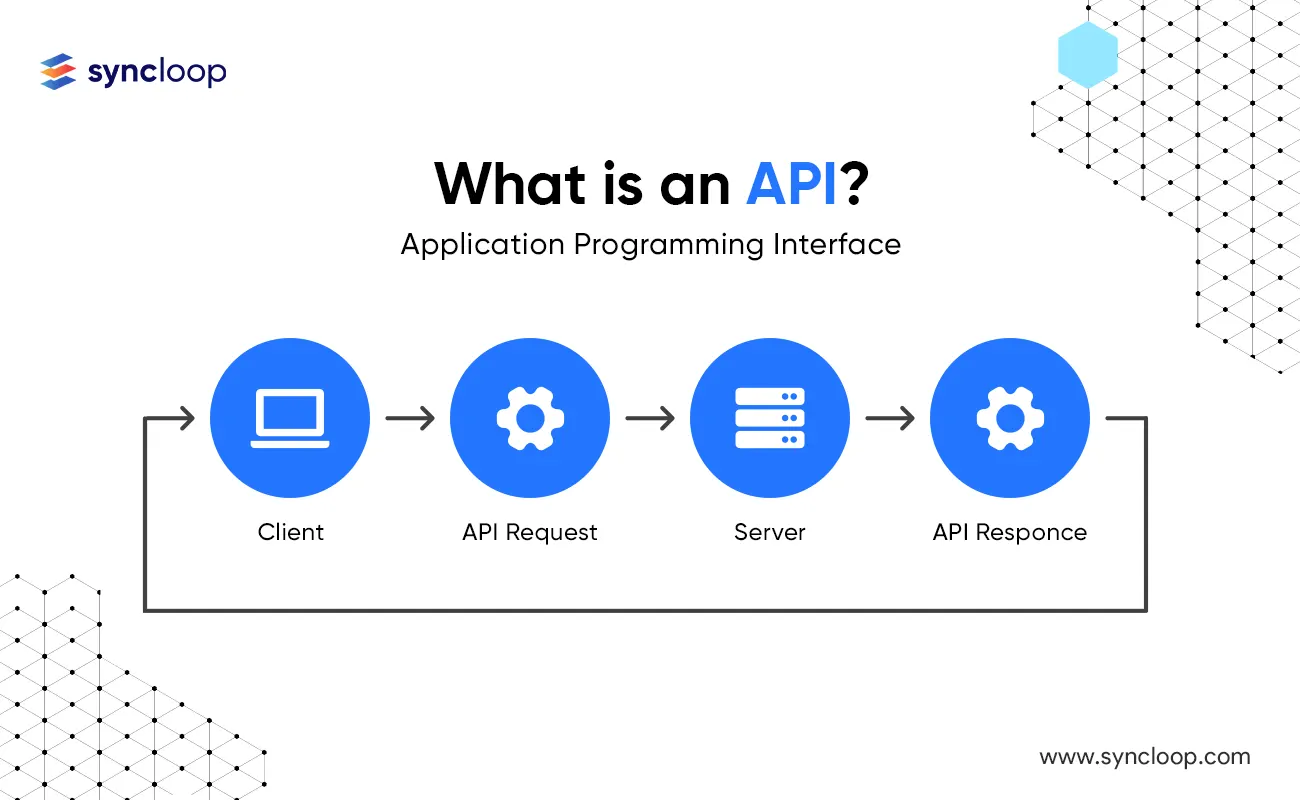API Observability and Monitoring for Optimal Performance
Posted by: Deepak | August 06, 2024

Categories: API observability, API monitoring, API performance, API management, API health
In today's digital age, APIs (Application Programming Interfaces) serve as the backbone of modern applications, facilitating seamless communication and data exchange. However, ensuring the health and performance of your APIs is critical to maintain application responsiveness and user satisfaction. This blog explores the concepts of API observability and monitoring, explores their differences and benefits, and discusses how they can be leveraged to achieve comprehensive API management across various industries.
Why Monitoring and Observability Matter for APIs
Statistics highlight the impact of API performance on user experience:
A study by Apigee reveals that slow API response times can lead to a 20% decrease in developer productivity.
Here's why both monitoring and observability are crucial for APIs:
API Monitoring:
- Provides real-time insights into key performance indicators (KPIs) like response times, error rates, and API availability.
- Enables proactive identification and resolution of API issues before they impact users.
API Observability:
- Goes beyond monitoring by offering a deeper understanding of API behavior and internal workings.
- Allows for analysis of user journeys, request patterns, and resource utilization within the API.
While monitoring focuses on specific metrics, observability empowers you to ask "why" behind the data, enabling root cause analysis and proactive performance optimization.
API Monitoring vs. Observability: Key Differences
Here's a table summarizing the key differences between API monitoring and observability:
| Feature |
API Monitoring |
API Observability |
| Focus |
Specific pre-defined metrics (e.g., response times) |
Overall API health and user experience |
| Data Collection |
Limited to pre-defined data points |
Gathers a broader range of data (logs, traces, metrics) |
| Analysis |
Reactive (alerts based on predefined thresholds) |
Proactive (allows for root cause analysis and deeper insights) |
| Benefits |
Ensures basic API health and identifies performance issues |
Enables proactive problem solving and performance optimization |
Benefits and Use Cases Across Industries
Benefits:
- Improved User Experience: Proactive identification and resolution of API issues minimizes disruptions and ensures smooth user experiences.
- Enhanced Developer Productivity: Clear visibility into API behavior empowers developers to debug issues faster and iterate more efficiently.
- Faster Incident Resolution: Observability enables rapid root cause analysis, leading to quicker resolution of API problems.
- Improved Scalability: Understanding API resource utilization allows for proactive scaling to handle increasing traffic volumes.
Use Cases by Industry:
- E-commerce: Monitor API performance for product search, shopping cart updates, and payment processing to ensure a seamless shopping experience. Observability can be used to analyze user journeys and identify areas for optimization in the checkout process.
- FinTech: Monitor API performance for account balance inquiries, transaction processing, and fraud detection. Observability can be used to analyze API usage patterns and identify potential security risks.
- Social Media: Monitor API performance for feed updates, messaging functionalities, and content sharing. Observability can be used to analyze user engagement metrics and optimize API response times for peak usage periods.
Integrating Observability and Monitoring: Tools and Technologies
The API management landscape offers a wealth of tools and technologies to support your observability and monitoring strategy:
API Monitoring Tools:
- Prometheus: An open-source monitoring system that collects and analyzes API metrics from various sources.
- SDatadog: A cloud-based monitoring platform that offers comprehensive API monitoring capabilities, including real-time dashboards and alerting.
- Dynatrace: An all-in-one application performance monitoring (APM) tool that provides deep insights into API health and performance.
Distributed Tracing Tools:
- Jaeger: An open-source distributed tracing platform that tracks requests across various microservices involved in an API call.
- Zipkin: Another open-source distributed tracing tool that helps visualize request flow and identify performance bottlenecks within APIs.
API Observability Platforms:
- Honeycomb: A platform specifically designed for API observability, offering log aggregation, tracing capabilities, and advanced analytics.
- Lightstep: An observability platform that provides detailed insights into API behavior, including distributed tracing and error analysis.
Considerations and Potential Challenges
While API observability and monitoring offer significant benefits, there are also some key considerations:
- IData Volume and Management: Observability can generate large amounts of data. Strategies for data storage, management, and filtering are crucial.
- Cost Considerations: Implementing and maintaining observability tools may involve additional costs. Evaluating the cost-benefit trade-off is essential.
- Technical Expertise: Effective utilization of observability tools often requires specialized technical expertise in areas like distributed tracing and log analysis.
Conclusion
API observability and monitoring are essential practices for ensuring the health, performance, and user experience of your APIs. By understanding the differences between monitoring and observability, leveraging the right tools and technologies, and implementing a comprehensive strategy, you can gain deep insights into your APIs, proactively identify and resolve issues, and optimize performance for a seamless user experience. Syncloop, along with your chosen monitoring and observability tools, can be a powerful ally in your journey towards building robust, reliable, and well-understood APIs. Remember, a data-driven approach to API management, powered by observability and monitoring, is crucial for success in today's fast-paced and competitive digital landscape.
Back to Blogs

